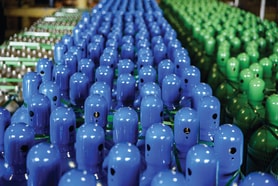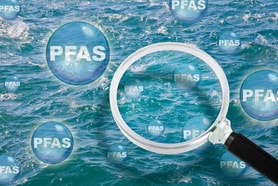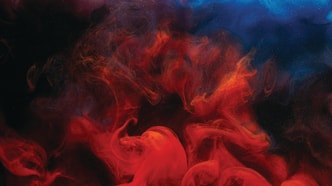Gases in the steel industry – intensity continues to increase
Ferrous metals are those containing iron and the most significant one by far is steel. It has been estimated by the EU that two-thirds of the turnover of the European metals industry comes from ferrous metals. There are also around 40 non-ferrous metals in production (the most common being aluminium, lead, copper, tin and zinc) and alloys such as brass. Supplying these industries generates a substantial proportion of the major gas suppliers’ revenues. Praxair attributes 17% of its sales revenues to the metals industry, second only to manufacturing’s 22% share.
Dr Joachim von Schéele, Marketing Manager for the Metals & Glass Industries division at Linde, explained why the market for gases in the metals industry is growing, “In addition to growing steel and metals production, there are a couple of drivers out there that are on our side – the environment is one of them and fuel prices are also supporting us…There are even more advantages where raw materials prices are high. So we have a pretty good situation.”
Oxygen is the key gas used in metals manufacturing processes, and is added by means of oxygen enrichment, injection or oxy-fuel burners. Paul Grohmann, Head of the Technology Management department in Messer’s metallurgy division, explained how using oxygen helps the industry reduce energy costs, “Air has the disadvantage of carrying nitrogen and this diminishes the combustion efficiency. So with the exhaust you get lots of heat lost, if you have no heat recovery system for preheating the combustion air, for example.” He went on, “You have much better radiation in using oxygen – the radiation of the flue-gas consists only of the radiation from carbon dioxide and water. Nitrogen does not take part in gas radiation at all (like all other gases with two atoms) within the temperature scope of furnaces.”
Better use of oxygen also helps to reduce the industry’s other environmental impacts. Using oxy-fuel burners reduces the volume of flue gases and those that are produced consist mainly of water vapour and carbon dioxide, which can then be sequestered. Reducing the input of nitrogen also reduces emissions of nitrogen oxides (NOx).
... to continue reading you must be subscribed









